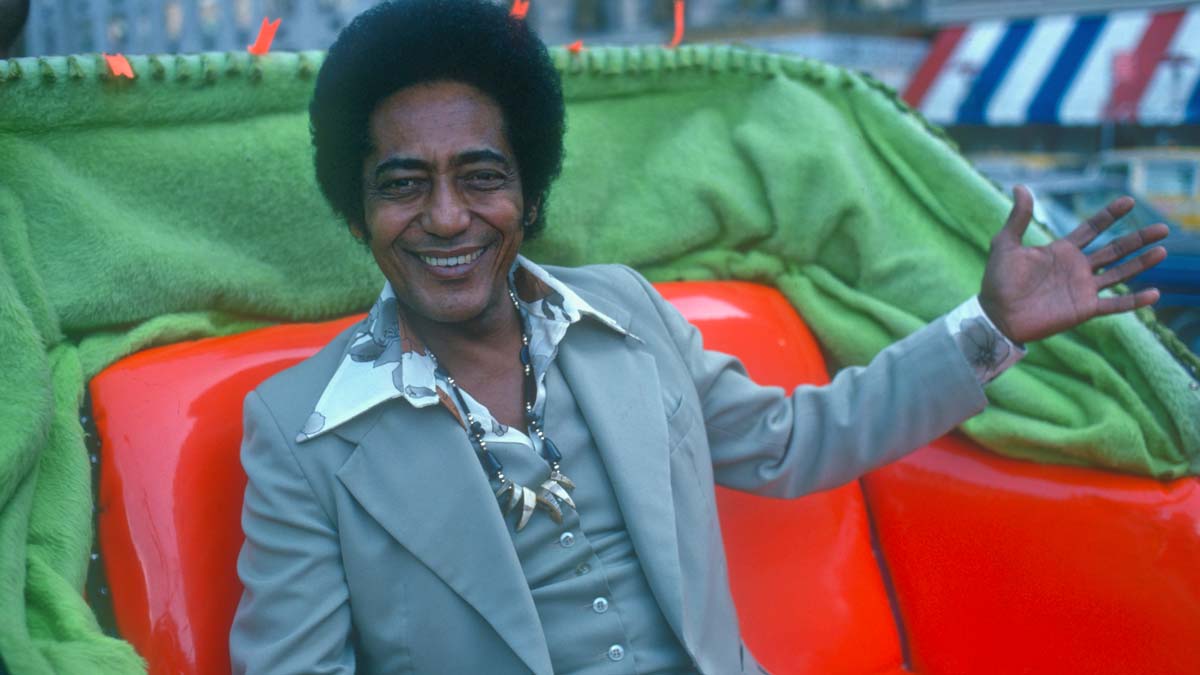
For the funeral of Chivirico Dávila, which took place in the cemetery Villa Palmeras, in Santurce, steps away from the mausoleums of Rafael Cortijo and Ismael Rivera, no government official or representative from the Puerto Rican music industry came to pay their condolences.
Removed from the salsa scene in the Bronx, New York, we interviewed Chivirico for the newspaper El Nuevo Día just five months before his death on October 5, 1994.
Problems and family intrigue led him to New York City, where he made a living, according to what he told us, working in a factory. We asked him if, being a legend of our Afro-Antillean music, he had considered returning to the artistic arena and just days afterwards, he informed us that, after the publication of the article, they had called him from Colombia to appear in a series of performances.
His dream was to return to Puerto Rico to sing, instead he returned in a sealed coffin because a sudden heart attack claimed his life at the age of 70. The morning of his burial his niece, Carmen Dávila, asked us to conclude the ceremony.
On that unforgettable morning we recalled that Rafael Chivirico Dávila Rosado was one of the most multifaceted singers of the pentagrama caribeño, in addition to being one of the most extraordinary singers of boleros, he was also a natural sonero and a singer of the bomba (a uniquely Puerto Rican dance music) and the plena (a genre of Puerto Rican folk music) without equal, as he demonstrated on his greatest hits record and songs from the street that Cortijo and Kako recorded for the Antonia record label.
Chivirico was one of the few singers who survived the transition from the era of the mambo and boogaloo to the sound of salsa from New York. When he was signed on to record as a soloist for Coutique Records, Chivirico already stood out as a composer and singer with the Tabú Quartet of Johnny Goicuría, Richie Ray and Joey Pastrana, among others.
This record, Coutique #1073, produced by Johnny Pacheco and arranged by the pianist Jorge Millet in 1973, was his passport to success as a soloist, so much, that it facilitated his inroad into the Fania All Stars in 1975 with his interpretation of the bolero Lo Mismo Que Usted, imprinted on the vinyl record Tributo a Tito Rodríguez.
In this recording you can appreciate the fondness Chivirico has for the West Indian bolero with four classics from the Latin American repertoire: “Mala Noche” by Domingo Domínguez, “Respétala” by Agustín Robot, “Como Fue” by Ernesto Duarte and his version of the old tango “Niebla Del Riachuelo” by Enrique Cadicamo and Juan Carlos Cobián. “Respétala”, the story of a woman who makes a living serving drinks in a bar, is one of the boleros that later on led to the LP Vendré Por Ti, completely made up of romantic melodies.
Nevertheless, in 1973 Chivirico had a lot to say to the salsa world. The guaguancós imprinted on the LP are still irresistable to dancers. “Por Eso Me Pica Aquí”, with Yayo el Indio and Adalberto Santiago in the chorus, is a superb and intense guaguancó. “El Babalao”, inspired by the santería rituals of the time, outline the recipe of a plunder and when sung by Chivirico, safeguarding respect for Orula, Changó and Yemayá, puts into perspective the raiding of wallets to which some spiritualists subject their clients.
“Cuando Tú Quieras” is another delectable guaguancó where the sonero expresses himself with eloquence. “La Pagarás”, is a biting son montuno, an echo of rancor towards an unreciprocated love. “Se Formó El Rumbón”, in sepia and pure percussion in its first measures, is an exhibit of his vast experience as an improviser of the montuno and “Sin Dinero” is a story of a dancer who arrives pelao (without money) to a dance hall and can not enjoy the party.
The popularity of Chivirico Dávila was prolonged until approximately 1977. He was one the figures, like La Lupe, Frankie Dante and Meñique, who got left behind with the international boom of the Fania All Stars.



